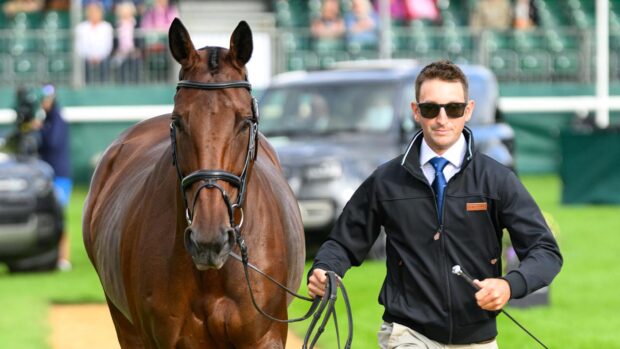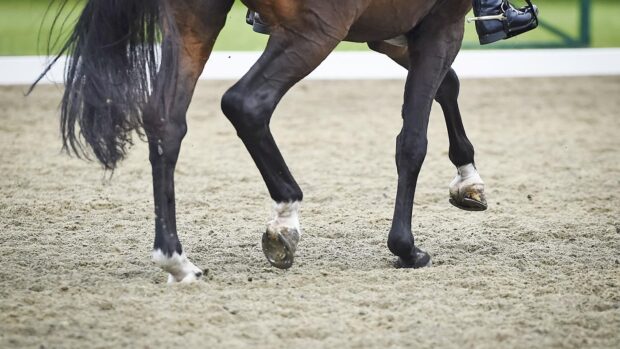Eventing maestro Mark Todd’s top tips for cross-country schooling
Before starting a cross-country schooling session shorten your stirrups. Your centre of balance should be slightly forward with weight off the horse’s back and your lower leg must be secure. Riding across country with too long stirrups is a common fault that causes the rider to lose balance and hang on to the horse’s mouth.
Practise cantering at this length, because if you do not strengthen your thigh muscles at the schooling stage, you will be flagging after one mile at a competition.
While warming up for a cross-country school, work out which fences you are going to start with and where they are, so that you can keep the horse going with a forward momentum away from each fence and looking for the next.
Always warm up properly, getting the horse woken up into reacting to your leg. Being too laid back can cause unnecessary falls.
If you and or the horse are novices, have either a companion on a more experienced horse to give confidence and a lead, or a helper on the ground with a lunge whip to encourage the horse if he proves reluctant.
On a young horse, adopt a defensive position with a strong lower leg so that you are ready for him to buck or spook. The horse is allowed to look at the question, but no more. He must still go forward and jump it.
Avoid a situation in which you have to give up. If thehorse gains the upper hand he will almost certainly be more difficult next time. Be prepared to correct the horse with a slap of the stick and, if you feel you cannot win the battle, get a stronger rider to do it for you.
Never rely on speedto get over a fence. Some people think the only way to tackle a spooky obstacle is to go full tilt, whereas the opposite is true. The faster you go, the more chance the horse has to run out or frighten himself by backing off.
Above all, cross-country schooling must be fun. Be sensitive to how confident your horse is feeling and quit while you’re ahead. Never, ever, let him get tired and dispirited.
Read Mark’s advice on how to introduce a young horse to solid fences in tomorrow’s issue of Horse & Hound magazine (13 December 2001).
Click here to subscribe to Horse & Hound at a special pre-Christmas rate.
See next week’s issue of Horse &Hound (20 December 2001) to find out how to ride corners, pimples and coffins, plus Mark’s top tips on walking the course.



